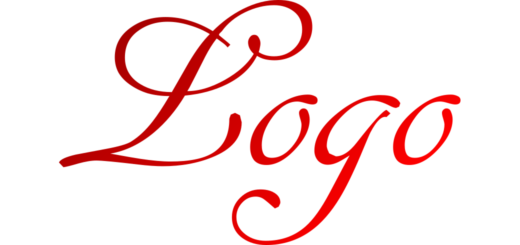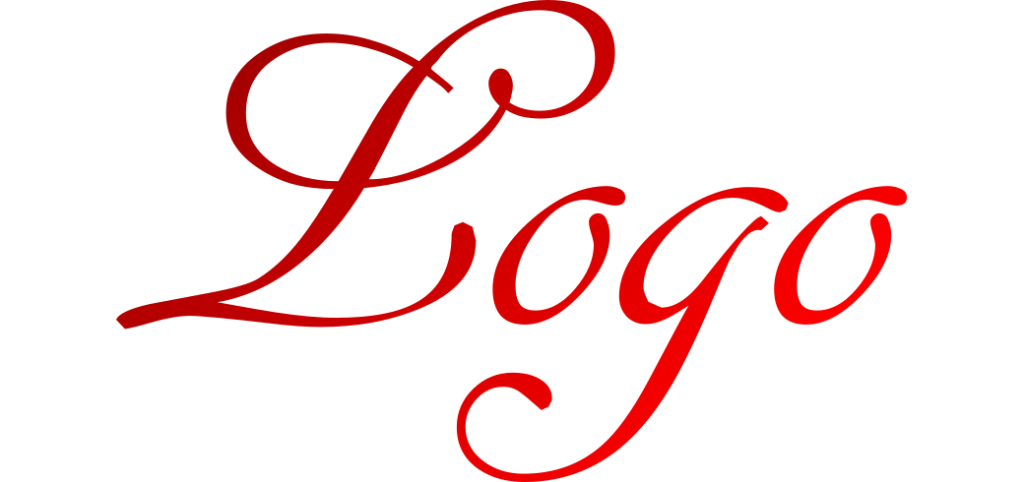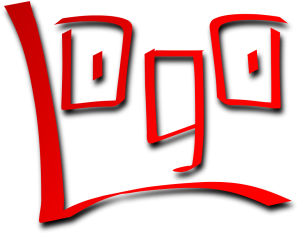
 Following on from the political diversion in Branding, let’s take a more practical view of what branding is and how and why we might use it.
Following on from the political diversion in Branding, let’s take a more practical view of what branding is and how and why we might use it.
The word brand derives from the word burning and has been in use since the 1550s to describe an “identifying mark made by a hot iron” and being used since 1827 to mean “a particular make of goods” (Online Etymology Dictionary). These days, although we most commonly associate it with logos and design, branding means a whole lot more than an identifiable mark; it is the entire personality that we ascribe to a product, service, company, movement, political party etc. Being just a logo, set of fonts, colours and other visual assets is most certainly not the end of the story.
What does the logo at the top say? Different things to different people! To some, it might say, ‘fancy’; to others, ‘sophisticated’, although, for the latter, the text is a bit thick and Coca-Cola-ish. Change the lettering a bit and we come up with something that communicates quite differently. Visual brand identity is like our choice of clothes. Do we care about how we look? How do we see ourselves? To what tribe do we belong? Are we part of the business set? Are we wearing ‘casual corporate’, there for the money without our hearts being in it? On being asked once by one intern what the dress code for our office was, my response was, ‘Casual towards scruffy’. It’s the uniform in the arts and I personally tend to have questions regarding the morality of people who dress too much for business. To me, it’s a uniform that speaks of material aims, expedient decisions and ‘goal oriented’ thinking – a lack of care for the ultimate consequences of one’s actions. I may be biased in that. But that’s how we dress and how other people interpret how we dress. To many, I’m sure, I’m poorly dressed. Fine by me.
 So, what is it we are thinking of when we brand ourselves, our companies, products and services? We are thinking of what others will think of ourselves and the things we promote. Are we, our products and services, likeable, fun, trustworthy, ethical, informative, caring, sharing? Are we concerned with the immediate or with the long-term? Are we interesting, approachable, glad to see our customers and stakeholders? Are we and our products, in short, someone or something that people want to engage with, use, invest in?
So, what is it we are thinking of when we brand ourselves, our companies, products and services? We are thinking of what others will think of ourselves and the things we promote. Are we, our products and services, likeable, fun, trustworthy, ethical, informative, caring, sharing? Are we concerned with the immediate or with the long-term? Are we interesting, approachable, glad to see our customers and stakeholders? Are we and our products, in short, someone or something that people want to engage with, use, invest in?
To narrow to the level of companies, our brand is how people think of our company as a person, whether they like us or not, trust us or not, are interested in what we have to offer them or not. The relationship can be a friendship of sorts, a like or a dislike, or an outright enmity.
How should we approach branding? From the top down, of course! For mission-based companies, everything begins with the mission. Provided we have that right, we’re off to a good start. Primarily, we are building a brand in order to be effective at achieving our mission. Most likely, the brand will communicate the mission but, maybe, not always so. I’m open to the possibility that it may be, in fact, not the best way. A recent discussion I was involved in had one charity leader state that more money is more mission. If there’s a reputational hit in how that money is raised, so be it. It’s worth it to see an animal or person safely in a refuge. Being seen as nice isn’t always the most important thing in branding.
Where do we start?
What is our mission?
What do we need to do or to change in order to achieve that mission?
What do we need other people to do in order to achieve our mission?
What do we need those people to think in order for them to do what we want?
And it is at that point that we begin to brand. It’s about what people think. It’s normal, in the third sector, to have at least two different sets of stakeholders – funders and service users – and we need to address them both in building a brand. For the former, we might want to convey characteristics such as professional, responsible, forward-thinking, integrated etc. For the latter, depending on what we do, we might want to be inspirational, sociable, entertaining, have high standards, be caring and approachable etc. etc. etc.
It is through these words that we can establish who we want to be in the eyes of our stakeholders and, by applying those words to everything we do, be and show our brand. We can show different aspects of our personality to different stakeholders depending on how we interact with them. It’s like people. As individuals, we do not have a single personality that we show to everyone; we act differently, if only slightly, with every person or in every group. We alter our behaviour to act appropriately in many different situations. We should expect that our approach to our stakeholders will likewise vary and that we will communicate with them in different ways.
As I write this, it begins to sound daunting; maintaining all these different relationships, showing different sides of our personality. However, it is something we do as individuals all the time and bringing it to a company is a matter of awareness, understanding and buy-in from everybody and everything that represents the company. But, there is a simple place to start. Think of yourself, or yourselves, as being your company. In order to achieve your mission, who do you need on board? What do you need them to do? What do you need them to think of you in order for them to do what you need? If your company, your product, your service, your event were a person, how would you want stakeholders, service users and customers to think of that person? What are the characteristics that each type of stakeholder wants and likes? Once you have these words, it comes to the matter of conveying those as a reality. How is this done? By dressing appropriately, of course, but also by being these characteristics in every interaction. Websites and promotions, for sure, but also reports, application forms, our attitude when we answer the phone, the attitude of those that deal with the public, how clean and ordered our premises is, how we react when we don’t know what to do … Every time we interact with our stakeholders, we are giving meaning. We can choose that meaning or not, but it will, nonetheless, be conveyed.
 So brand! Decide the brand. Communicate it internally and externally. Be it, do it, work it and live it. Just be ethical about it. As we’re seeing in Ireland at present, unethical branding can have consequences far beyond the reach of a company exposed for such deception.
So brand! Decide the brand. Communicate it internally and externally. Be it, do it, work it and live it. Just be ethical about it. As we’re seeing in Ireland at present, unethical branding can have consequences far beyond the reach of a company exposed for such deception.
